In the current high-speed corporate landscape, talent acquisition is the backbone of your business’ success, it’s make or break! As competition increases it’s your team that sets you apart from the rest. In this blog, we pick apart talent acquisition and navigate its intricacies to secure you the best candidates.
Your talent acquisition strategy must correlate to your organization’s future goals. A successful talent acquisition strategy involves effective and competitive hiring practices, to recruit those that will align well with long-term business objectives.
Talent acquisition refers to:
- Identifying new talent.
- The process of appealing to talent.
- The retention of valuable employees and your company skill base.
Upon finishing this blog you will understand the role of Talent Acquisition, how to craft a talent acquisition strategy, the importance of psychometric assessments, and how Thomas can help you on this journey.
Understanding talent acquisition in today’s market
The terms talent acquisition and recruitment are not synonyms. Talent acquisition extends much further than mere recruitment. It is a foundational pillar of long-term success, in achieving business goals. Recruitment focuses solely on filling open positions, where talent acquisition adopts a long-term strategy, matching candidates and their skill sets to wider business objectives.
Talent acquisition encompasses:
- Workforce planning involves the analysis of information to inform future skill demand.
- Employer branding is essentially how an organization demonstrates who they are and what makes them different.
- Talent pipeline development promises a regular supply of skilled, qualified candidates and current team members that can impact the trajectory of a company, in line with its objectives and growth plans.
Furthermore, technological advancements and new workforce dynamics are transforming talent acquisition policies and priorities. For example, the dawn of Artificial Intelligence has given birth to AÍ powered recruitment tools. These tools are reshaping how companies identify talent and attract, and retain those valued. Innovations must be capitalized on to remain competitive.
Psychometric assessments should be appreciated as valuable commodities in the realm of talent acquisition. By knowing more about an individual’s cognitive abilities, personality, resilience, attitudes toward management, and other job-related preferences we can make more informed decisions about ultimately who to employ and nurture.
Thomas' expertise on these topics makes us a trusted choice for organizations wanting to get the most out of their talent acquisition processes through psychometric insights and much more. Our Platform helps you to recruit the right person for the role, team, and business.
The Thomas Recruitment Platform is designed as an invaluable talent acquisition tool, to help search for and attract candidates in addition to managing the talent acquisition process from one centralized area. Read more here.
Crafting your talent acquisition strategy: A step-by-step guide
Truly understanding the complexities of each vacant role, required skills and cultural fit are imperative to create a successful talent acquisition strategy.
Each position requires a tailored approach, amended to the particular traits crucial for success. Cultural fit could also be considered as important as experience or skills. A candidate that naturally fits into an organization’s culture enhances engagement and morale, in turn boosting organizational performance.
Some other rules of thumb that could be considered necessary when developing your Talent Acquisition Strategy are:
- The definition of a strong corporate brand clearly states what makes your company different, and therefore attractive to the ‘right’ candidates.
- Illustrate through examples why talent should want to work for you. Any company can boast that they are ‘the best’, but quotes and testimonials provide proof.
- Cast a wide net. In many cases, the longer the shortlist, the better. Be creative and explore different routes to candidates, besides the typical job boards and LinkedIn. Think of exhibitions and events that would attract the talent you are looking for and attend them. A true hunt!
- Adopt a skill-based approach. Select a candidate based on the skills that they have without regard to paperwork. Disregard University and professional certifications and focus on whether they have the necessary skills, as opposed to where they ‘achieved’ them.
A compelling employer brand acts as a hook for talent, conveying the company's values, vision, and competitive differences. Other considerations when developing an employer brand might include:
- Culture.
- Mission.
- Growth/Promotion opportunities.
- Employee benefits, insurance, discounts, and partnerships.
- Diversity statements.
- Corporate Social Responsibility policies.
- Company achievements and awards.
It’s important to reinforce that a powerful employer brand reduces employee turnover, as well as attracting talent in the first instance. Through an honest reputation companies can communicate their value in a competitive market.
Psychometric assessments, in particular, offer profound and relevant insights into candidates' cognitive abilities, personality, and problem-solving methodologies, easing more informed hiring decisions and better fits.
Leveraging psychometric assessments in talent acquisition
Put simply Psychometric assessments analysis:
- Cognitive abilities.
- Personality traits.
- Skills.
- Working methodologies.
Psychometrics help the talent acquisition process by offering an understanding of candidate capabilities and potential fit within an organizational hierarchy, team, culture, and growth plans. Partnering with Thomas and employing its platform resources ensures access to bespoke psychometric solutions, aiding candidate evaluations and decision-making, in line with long-term business goals.
Success stories: Transforming talent acquisition with Thomas
A multinational logistics corporation adopted Thomas’ tools to improve talent acquisition. The Talent Acquisition Manager selected Thomas Assess to streamline recruitment, maximize candidate assessments, and enhance team autonomy, based on its accessibility and prior success.
“From the moment we engaged with Thomas, it felt right for us”, reported the logistics company’s Talent Acquisition Manager. “We're really happy with the service. The process was very transparent, and we felt listened to. It genuinely feels like a partnership.” He went on to state, that Thomas Assess “is very flexible. We’re a corporate, complex business, and it’s a solution that works for us, but my understanding is that it could be flexed up and down, depending on the type of business that you are. The solution itself is easy, cost-effective, which everyone likes, and it adds genuine value to the business.”
Implementing your talent acquisition strategy with Thomas
Leverage the power of Thomas' platform to hire the best, keep the best, and empower the best.
Discover how to leverage Thomas' aptitude assessments and psychometric tests in your Talent Acquisition process to pinpoint the perfect candidates and support the development of your team members' potential in line with business objectives.
Concluding thoughts on enhancing your talent acquisition strategy
In creating a solid talent acquisition strategy, psychometric assessments are crucial. Thomas offers bespoke solutions assisting teams in effective talent acquisition. Hire the individual and not the resume! Make the best-informed decisions with our analytics and bias-beating data.
Explore our other blogs and resources. Read about 10 recruitment KPIs and talent acquisition measures.
Request a demonstration of our recruitment industry tests to see how Thomas can help you find candidates that fit your company culture and will stay with you for the long term. Alternatively ask for a demonstration of our Recruitment Platform, to help with the initial search phases, through to data-driven analytics and reports, all organized in a central platform.




